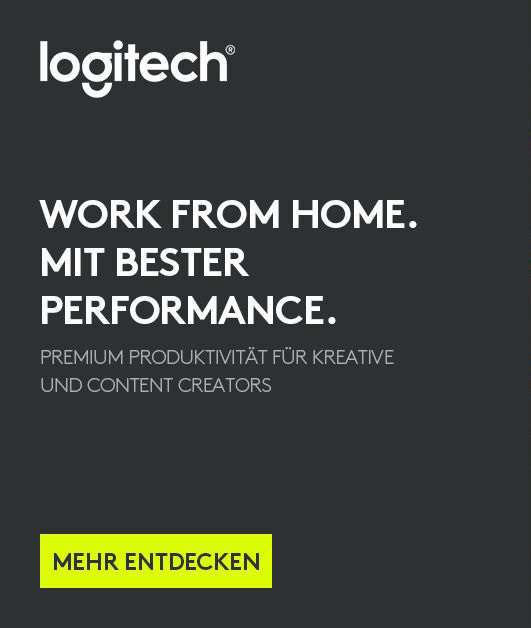Improve communication and representation with Dynamic layouts in Google Meet
Improve communication and representation with Dynamic layouts in Google Meet
Friday, March 28, 2025
What’s changing
We’re thrilled to introduce a brand new, redesigned layout experience for Google Meet that will improve communication and collaboration for all users, but especially for those in hybrid meetings. There are many exciting new features bundled in this extensive launch across Meet for web and rooms. Check out the video overview to see the new features in action and keep reading for more details:
Dynamic layouts:
- “Portrait tiles” prioritize faces by cropping out excess background video
- Optimized tile placement logic to enable much more efficient layouts that minimize unused space
- Visual design refresh, including color-sampled tile theming for users with their cameras off
- Larger room tiles in the grid when ‘Dynamic tiles’ is not active
- More flexibility around how tiles are cropped, including self-view
- Increased pin limit from 3 to 6 to provide more flexibility to customize your layout
Dynamic tiles:
- An individual video tile is created for up to 3 meeting participants joining from the same conference room with Google Meet hardware
- AI-enabled active-speaker detection automatically highlights only the tile of the in-room speaker without any special hardware requirements
- Other meeting participants can pin these tiles in their layout as they would any other tile
Face match:
- When Dynamic tiles are in use in a room with a Google Meet hardware device, users can associate their name with their face from Companion mode on Web so their tile can be labeled. This creates a consistent experience where everyone can show up in their best light, whether they’re in the room or joining remotely.
Who’s impacted
- Admins and end users
Why it matters
- These layout enhancements in Google Meet bring a refreshed, modern feel to the meeting grid while also adding the functional benefits of increasing space efficiency and improved representation for hybrid meetings. It allocates available space based on content being presented, tiles pinned by users, and more to address a core hybrid-work challenge of remote meeting participants not being able to easily see or identify in-room users.


